Shumpei Kobayashi
Hierarchy of the echo state property in quantum reservoir computing
Mar 05, 2024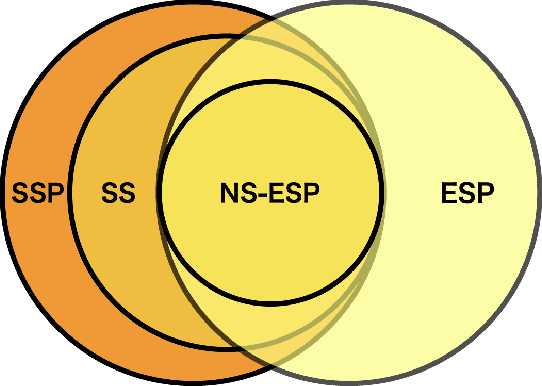
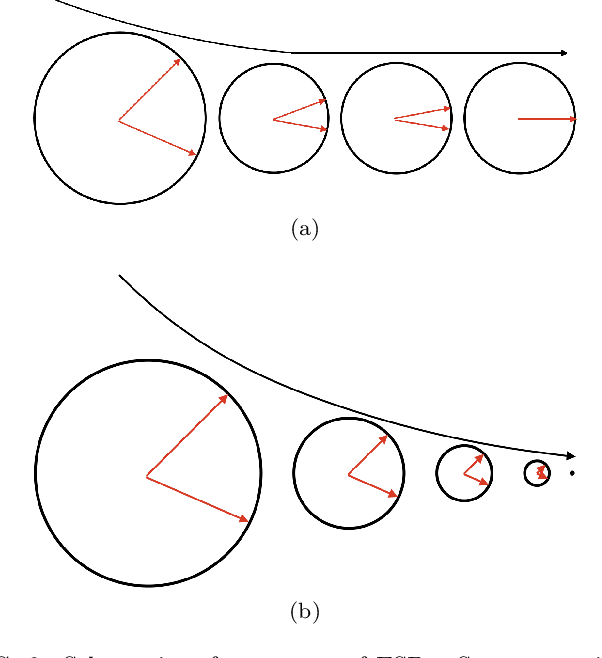
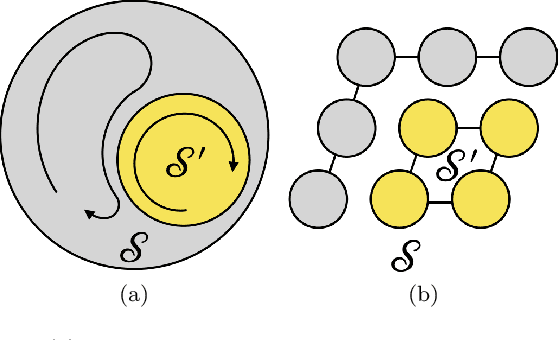
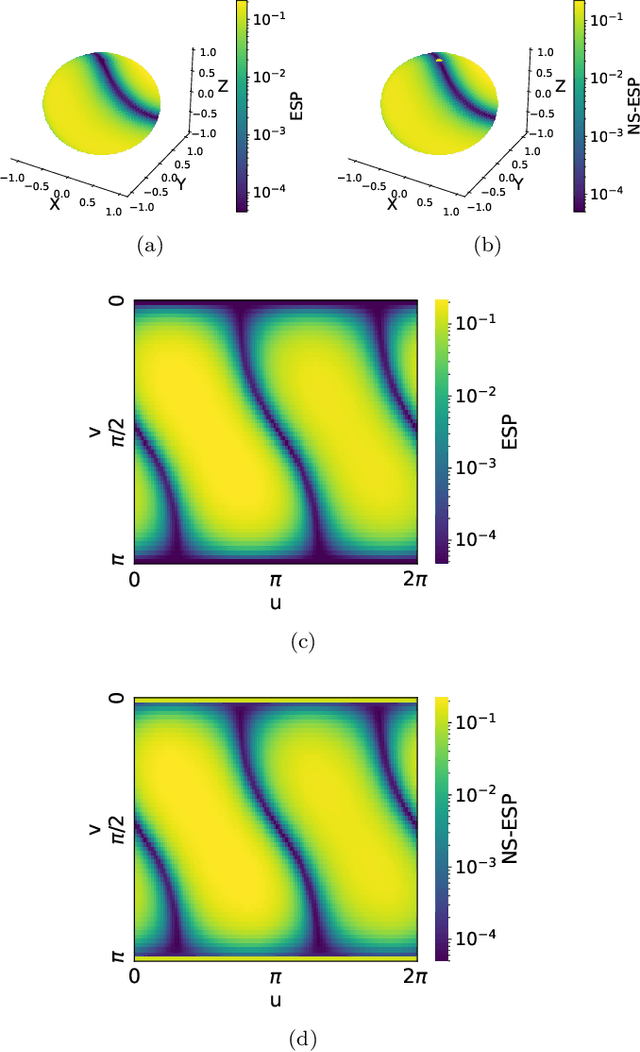
Abstract:The echo state property (ESP) represents a fundamental concept in the reservoir computing (RC) framework that ensures output-only training of reservoir networks by being agnostic to the initial states and far past inputs. However, the traditional definition of ESP does not describe possible non-stationary systems in which statistical properties evolve. To address this issue, we introduce two new categories of ESP: \textit{non-stationary ESP}, designed for potentially non-stationary systems, and \textit{subspace/subset ESP}, designed for systems whose subsystems have ESP. Following the definitions, we numerically demonstrate the correspondence between non-stationary ESP in the quantum reservoir computer (QRC) framework with typical Hamiltonian dynamics and input encoding methods using non-linear autoregressive moving-average (NARMA) tasks. We also confirm the correspondence by computing linear/non-linear memory capacities that quantify input-dependent components within reservoir states. Our study presents a new understanding of the practical design of QRC and other possibly non-stationary RC systems in which non-stationary systems and subsystems are exploited.
Quantum Noise-Induced Reservoir Computing
Jul 16, 2022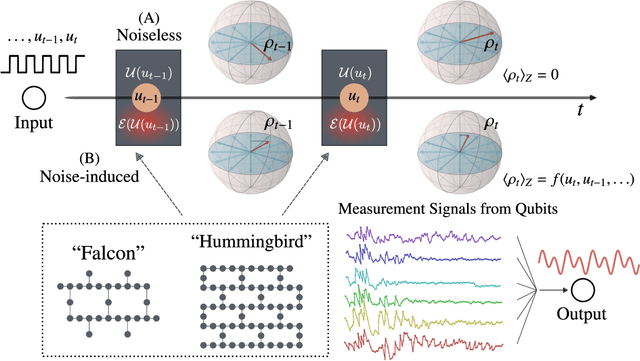
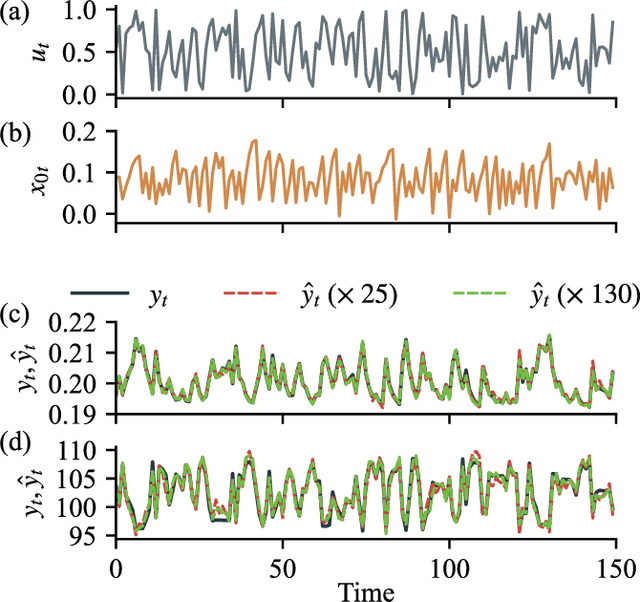


Abstract:Quantum computing has been moving from a theoretical phase to practical one, presenting daunting challenges in implementing physical qubits, which are subjected to noises from the surrounding environment. These quantum noises are ubiquitous in quantum devices and generate adverse effects in the quantum computational model, leading to extensive research on their correction and mitigation techniques. But do these quantum noises always provide disadvantages? We tackle this issue by proposing a framework called quantum noise-induced reservoir computing and show that some abstract quantum noise models can induce useful information processing capabilities for temporal input data. We demonstrate this ability in several typical benchmarks and investigate the information processing capacity to clarify the framework's processing mechanism and memory profile. We verified our perspective by implementing the framework in a number of IBM quantum processors and obtained similar characteristic memory profiles with model analyses. As a surprising result, information processing capacity increased with quantum devices' higher noise levels and error rates. Our study opens up a novel path for diverting useful information from quantum computer noises into a more sophisticated information processor.
 Add to Chrome
Add to Chrome Add to Firefox
Add to Firefox Add to Edge
Add to Edge